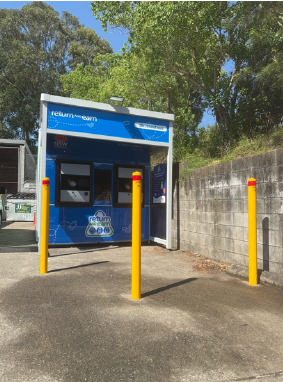Not many people think about what happens to the wastewater that they flush away or send down the laundry drain, but the NSW Environment Protection Authority (EPA) is reaching out to stakeholders and the community to ask them to do exactly that.
We are consulting with stakeholders as part of the Biosolids Regulatory Review, which aims to develop new rules around the beneficial use of biosolids while ensuring human and environmental safety.
Biosolids are an organic waste product generated from sewage at wastewater treatment plants. Nutrient and carbon rich, biosolids can be applied to land to improve soil fertility. At least half of all biosolids in NSW are used on agricultural land.
NSW EPA Chief Executive Officer, Tony Chappel said that there was a growing body of evidence about potential risks associated with contaminants in biosolids.
“It’s essential that we continue to adapt our approach to accommodate new learnings,” Mr Chappel said.
“As our knowledge around quality requirements and risk grows, it’s clear that our regulatory settings need to evolve too.
“Our review includes assessment of known and emerging chemicals of concern. We’ve reviewed research from around the world and tailored it to be relevant for the NSW context.
“Biosolids are a valued resource, and the EPA will continue to work with all stakeholders to ensure their beneficial, safe and sustainable use.”
The EPA commenced this review, in response to new scientific knowledge around potential risks associated with the application of biosolids to land, including new knowledge of emerging contaminants such as per- and polyfluoroalkyl substances (PFAS) and other chemicals of concern.
Collaborative stakeholder engagement has been key to the review process, with both a Stakeholder Committee and a Regulatory Committee established to ensure that progress on the review was in partnership with industry and Government.
Now the EPA is inviting all stakeholders to have their say in developing the new regulatory approach.
The EPA is consulting with stakeholders, including local government, utilities, the farming/agriculture sector, the biosolids industry, technology and research providers, transporters, small business and community to build a modernised regulatory approach for biosolids.
Further information on the Biosolids Regulatory Review, including the various ways that stakeholders can be involved, is available here.
Contact details:
[email protected] or 02 9995 6415


